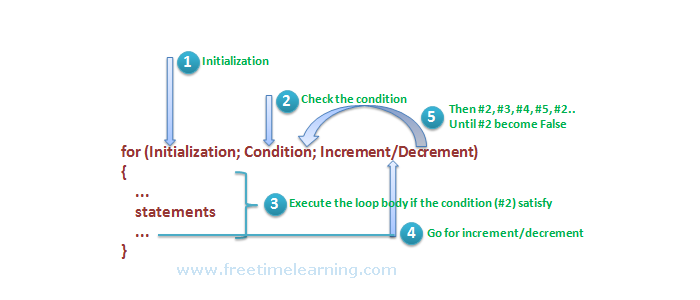

Second, it can be more efficient for iterating over large collections or arrays, since it uses internal iteration rather than external iteration. First, it provides a more concise syntax that can make code easier to read and write. The forEach method has several advantages over the traditional for loop. Finally, we use the forEach method to iterate over each string in the names ArrayList and print it to the console. We then add three strings to this ArrayList. In this example, we first create an ArrayList of strings called names. Here is an example of using the forEach method to iterate over an ArrayList of strings and print each string to the console: import The basic syntax for a for loop is: for (initialization condition increment/decrement) is the code that will be executed for each element. In Java, a for loop is a control structure that allows you to repeatedly execute a block of code a certain number of times. In this tutorial, I’ll be focusing on the for loop because it’s a common and versatile loop structure that’s used in many Java programs.
#JAVA FOR LOOP SYNTAX UPDATE#
Note: The object/variable is immutable when enhanced for loop is used i.e it ensures that the values in the array can not be modified, so it can be said as a read-only loop where you can’t update the values as opposed to other loops where values can be modified. It is inflexible and should be used only when there is a need to iterate through the elements in a sequential manner without knowing the index of the currently processed element. Enhanced for loop provides a simpler way to iterate through the elements of a collection or array.


Python Backend Development with Django(Live).
#JAVA FOR LOOP SYNTAX ANDROID#
Android App Development with Kotlin(Live).
#JAVA FOR LOOP SYNTAX FULL#
Full Stack Development with React & Node JS(Live).Java Programming - Beginner to Advanced.Data Structure & Algorithm-Self Paced(C++/JAVA).Data Structures & Algorithms in JavaScript.Data Structure & Algorithm Classes (Live).


 0 kommentar(er)
0 kommentar(er)
